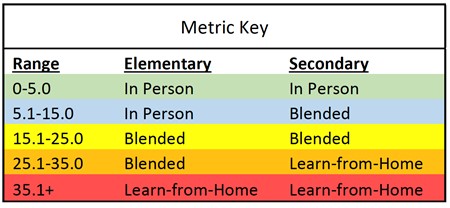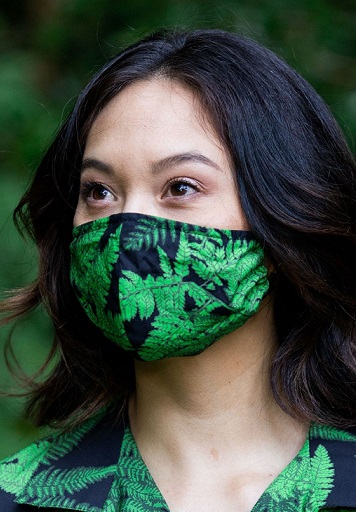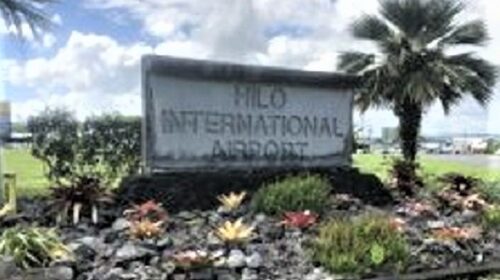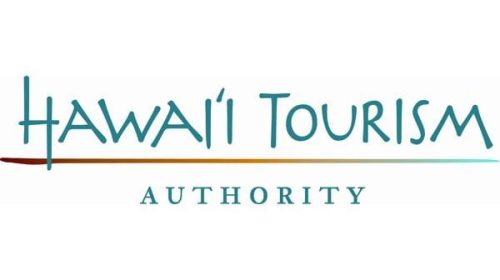Hawaii Schools: Guide to Protect Student, Teacher and Staff Health
The Hawaii Department of Health issued a comprehensive 28-page guidance document for all schools today to ensure the education of Hawaii’s youth during the pandemic continues with minimal disruption and risk to students, teachers, and staff.
The guidance includes metrics school leaders will be able to use when determining how best to respond to changing conditions within their communities.
“Our guidance is based on mitigation strategies promoted by the Centers for Disease Control and Prevention approaches to school reopening that have been implemented in other states,” said Dr. Sarah Kemble, deputy state epidemiologist, who spearheaded the development of the document. “We recognize one size does not fit all, so instead of blanket statewide guidance, we developed a regional approach because disease transmission rates can differ on each island. This empowers school leaders to be responsive in the context of what is happening in their community.”
Schools may choose from among three different learning models: learning from home in which students and teachers engage in virtual classes only, traditional in-person learning in the classroom, or a hybrid blended learning model that combines both home learning and in-person classroom learning.
The learning model is based on community transmission levels with different thresholds established for elementary and secondary students. This metric is the number of positive COVID-19 cases per 10,000 over a 14-day period by island. The Department of Health updates this metric every other week and posts this on its website: https://health.hawaii.gov/coronavirusdisease2019/what-you-should-know/current-situation-in-hawaii/
It is important to note this metric is different from the number of cases by county or the number of year-to-date cases by county that are also reported by the health department through daily updates.
For example, Oahu, which has a population of 974,563, had a total of 1,937 cases from September 1 to 14. This translates to 19.9 cases per 10,000 for Oahu for that 14-day period. Based on the community transmission thresholds, both elementary and secondary schools should consider adopting a blended learning model.

In addition to community transmission levels, schools must also assess their preparedness and capacity to execute mitigation strategies. This includes implementing and enforcing physical distancing, providing face masks and face shields for all student support personnel, establishing cohorts or small groups of students and staff that remain together with limited mixing between groups, planning for students or staff who become sick at school, promoting appropriate hygiene, establishing a cleaning and disinfection schedule for high-touch surfaces, identifying a school COVID-19 program coordinator, limiting non-essential visitors at the school, and a communication plan when there is a positive case in the school.
The full guidance can be found at https://health.hawaii.gov/coronavirusdisease2019/files/2020/09/COVID-19-Guidance-for-Schools-UPDATE-with-Appendix-091620.pdf. The metrics are posted at https://health.hawaii.gov/coronavirusdisease2019/what-you-should-know/current-situation-in-hawaii/ (scroll to the bottom of the page).




